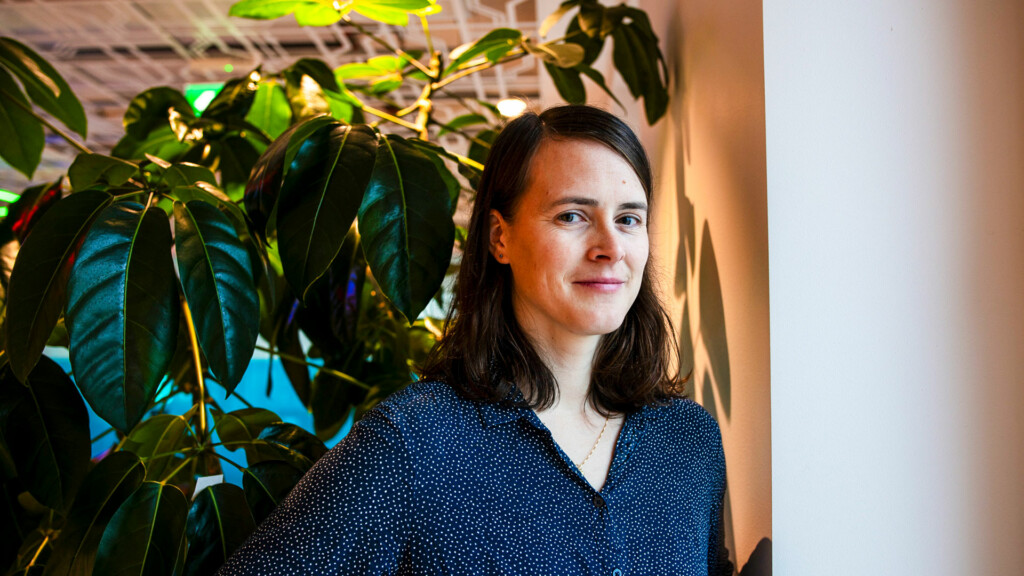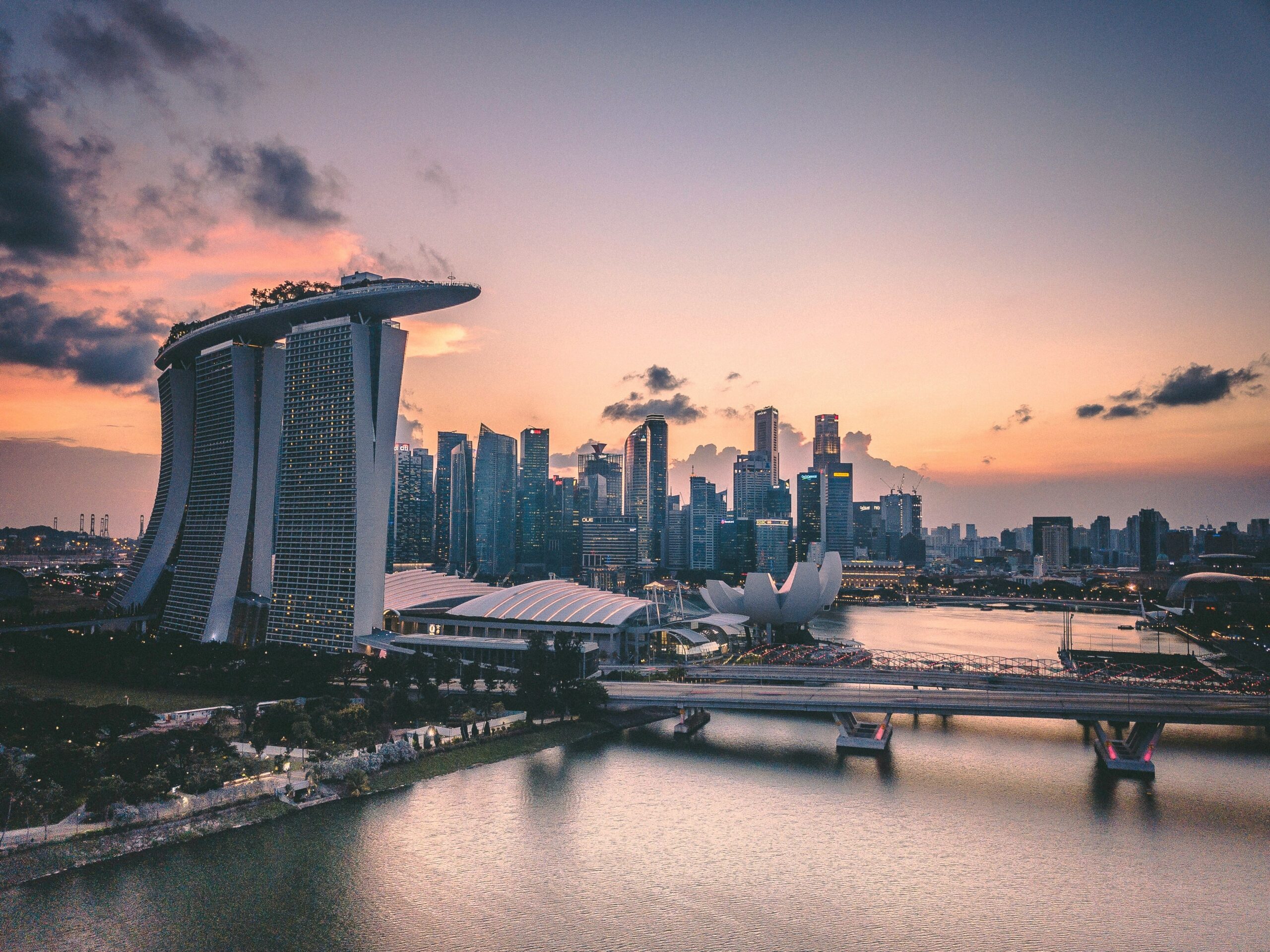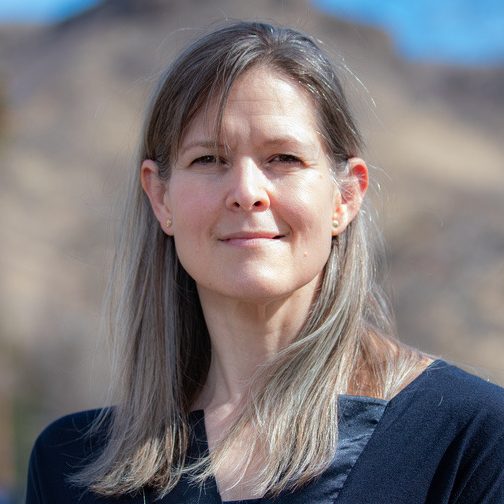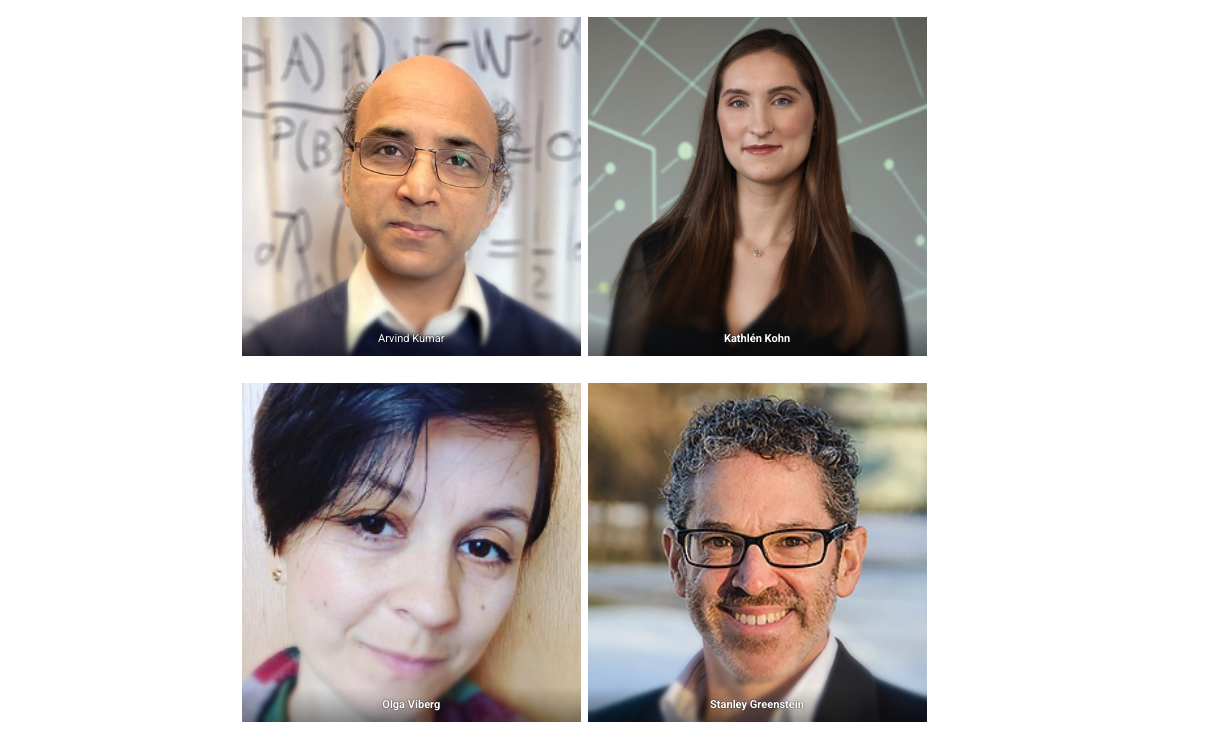The rapid growth of AI and internet usage is contributing significantly to increased energy consumption and environmental impact. Anna Furberg, a researcher at KTH and affiliated with Digital Futures, was recently interviewed by both Ingenjören and Läget (a youth-focused web magazine from Stockholm University) about these issues. In Ingenjören, she discussed how AI requires large amounts of electricity – often significantly more than traditional internet services like search engines – and warned that without responsible management, AI could worsen climate challenges. She stressed the need for a life-cycle perspective on digital technologies and urged careful consideration of how and why AI is used.
Several Swedish initiatives are exploring solutions for more energy-efficient AI, such as neuromorphic chips, improved data center technologies, and optimized code. Despite the technological promise, Furberg and digital ethics advisor Per Axbom both caution against assuming technology alone will solve these problems. Responsible use, transparency, and thoughtful decision-making are essential.
In her Läget interview, Furberg explained that everyday internet activities – like streaming videos, scrolling on social media, or online shopping – consume electricity, much of which is still generated using fossil fuels. She emphasized that it’s not just about electricity use, but also our online behaviors and the environmental cost of producing digital devices. Cooling systems, data servers, mobile networks, and Wi-Fi all contribute to this footprint. Furberg called for both individual awareness and systemic responsibility, highlighting that while consumers play a role, companies and policymakers must take stronger action.
The original articles are both in Swedish.
Photo: Kristina Alexanderson





